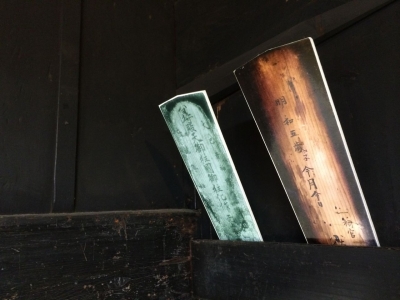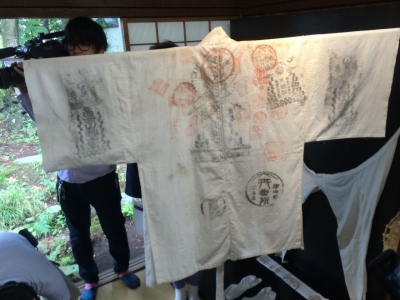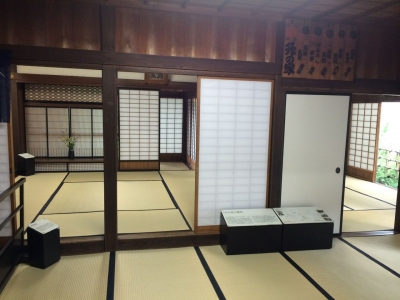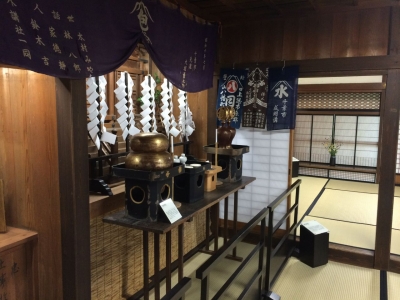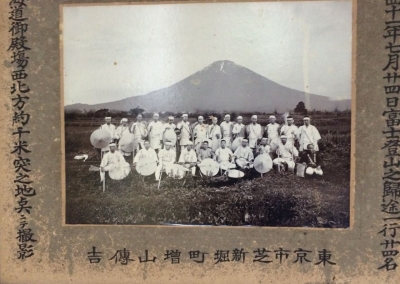
Mount Fuji’s sacred Oshi houses
Mount Fuji has long been considered a not only majestic, but also sacred mountain, and one thought worthy of worship. Deities are believed to reside within the volcano. These spirits must be pacified to keep Fujisan from anger and eruption, according to devotees. (Mount Fuji’s last eruption was September 16, 1707.)
Those designated at “Oshi” looked after worshipers known as Fujiko, who made worship ascents up the volcano. Oshi created lodging houses that helped to spread Fujisan devotion, residences that supported the Fujiko through shelter and food, as well through prayers, invocations and even via spells and divinations.
Eighty-six Oshi houses once dotted Mount Fuji’s foothills in the Kami-yoshida area. Today, there area about one dozen, the most famous of which is the Togawa Oshi House, built in 1768 in Japan’s Yamanashi prefecture. The house, built at the end of the Edo period, is said to be the oldest of the Oshi structures.
Dressing for the land of bliss
Togawa Oshi House is comprised of two buildings in the traditional Japanese style, with a total length of 140 meters. Everyday items used by the Fujiko are on display, including simple white religious clothing called Gyoi.
The loose tunic and pants were worn for ascetic purposes, but also as a way to mimic the dead, clothed in identical garments. When climbing Fujisan, wearers sought to enter gokurakujodo, or the land of bliss. Ascents were a rite of rebirth, a cleansing initiation that signified a transition between realms of consciousness.
At the Togawa Oshi house, a path called Tatsumichi leads to an inner gate called Nakamon. Worshipers purified themselves in a nearby stream called Yana Gawa.
The Goshinzen room is the most significant in the house, a place where climbers prayed to the volcano’s deities. Oshi also gave spiritual lectures here on Mount Fuji religious practices.
A sculpture of Jikigyo-Miroku is found next to the Goshinzen. The climber perished between the mountain’s 7th and 8th stations during a fast in 1733. Many were inspired by him and subsequently joined the Fujiko religion.
Mount Fuji’s history of worship
Mount Fuji was once venerated from a respectful distance – its foothills. There, worshipers implored the gods to stave off eruptions. In the 9th century practitioners of the Shugendo religion ascended the mountain as part of a rigorous ascetic practice.
By the 17th century, this asceticism spread to the larger public as Mount Fuji became popularized as a pilgrimage site. Fujiko sprang up in the 18th century, and today, tourists from around the world climb the mountain from its 5th station (half-way up) in as little as five hours.
Togawa Oshi House is located via a five-minute walk from the Fujisan station. Admission: 100 yen for adults; groups 80 yen. Hours: 9:30 - 5 p.m. Closed Tuesdays and holidays.
- Mount Fuji climbing guide
- Mistakes to avoid when climbing Mount Fuji.




